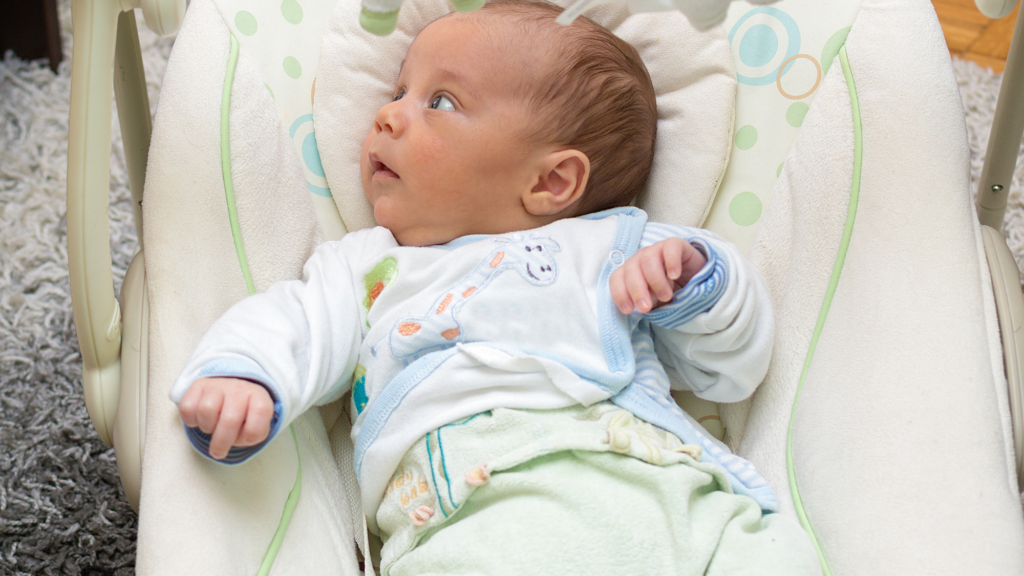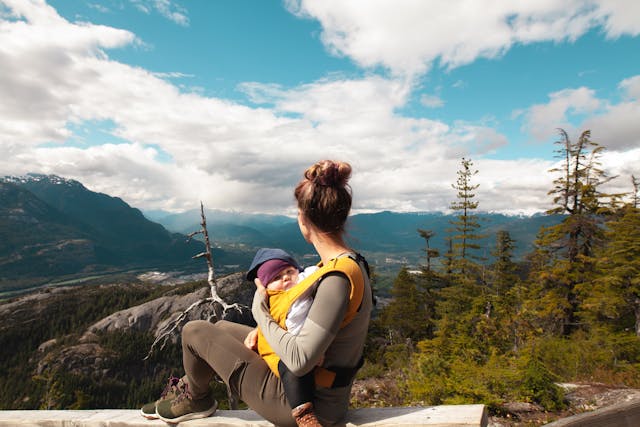This post contains affiliate links. If you choose to make a purchase, I may take a small commission at NO cost to you. Please read full disclosure for more information.
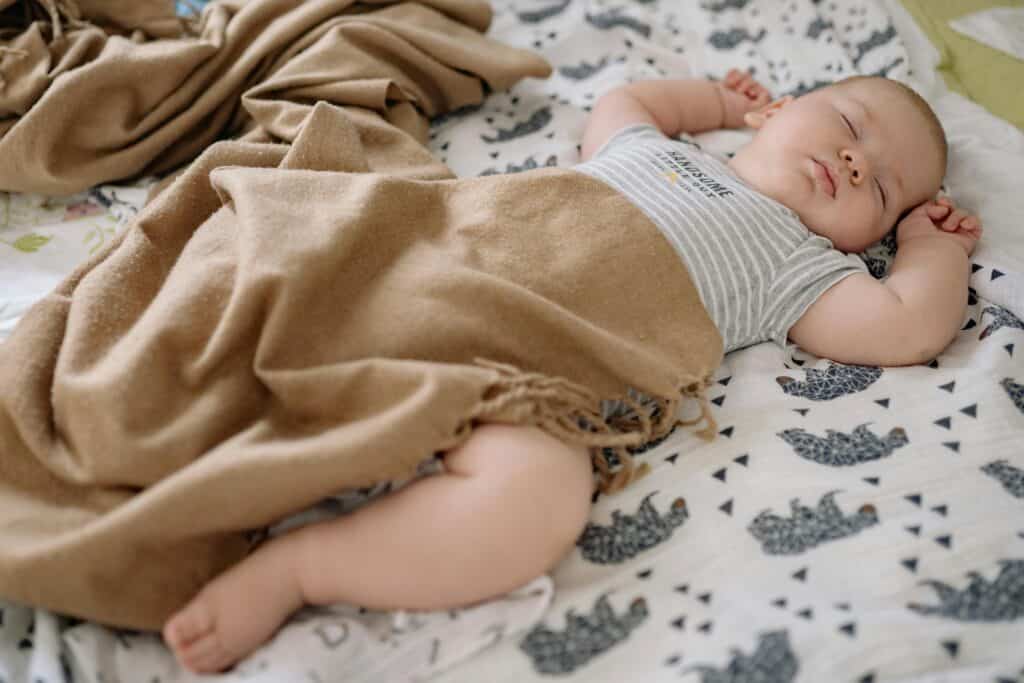
Hello, lovely readers! It’s Martha here from Baby Gear Genius, and today we’re diving into an essential topic for all new parents: how to dress your baby for a peaceful night’s sleep.
Don’t worry, I’ve got your back. Welcome to the ultimate guide to dressing your baby for a cozy and comfortable night’s sleep.
From swaddles to sleep sacks and onesies to footie pajamas, we’ll walk you through it all so you can both catch those Z’s with ease. Say goodbye to guessing games and hello to bedtime bliss!
The Fundamentals of Baby Sleepwear
Let’s start with the basics: how to dress your baby for sleep.
The goal is to emulate the warmth and coziness they felt in the womb.
This means your baby’s nighttime clothes should be soft, snug (but not tight), and appropriate for the room’s temperature.
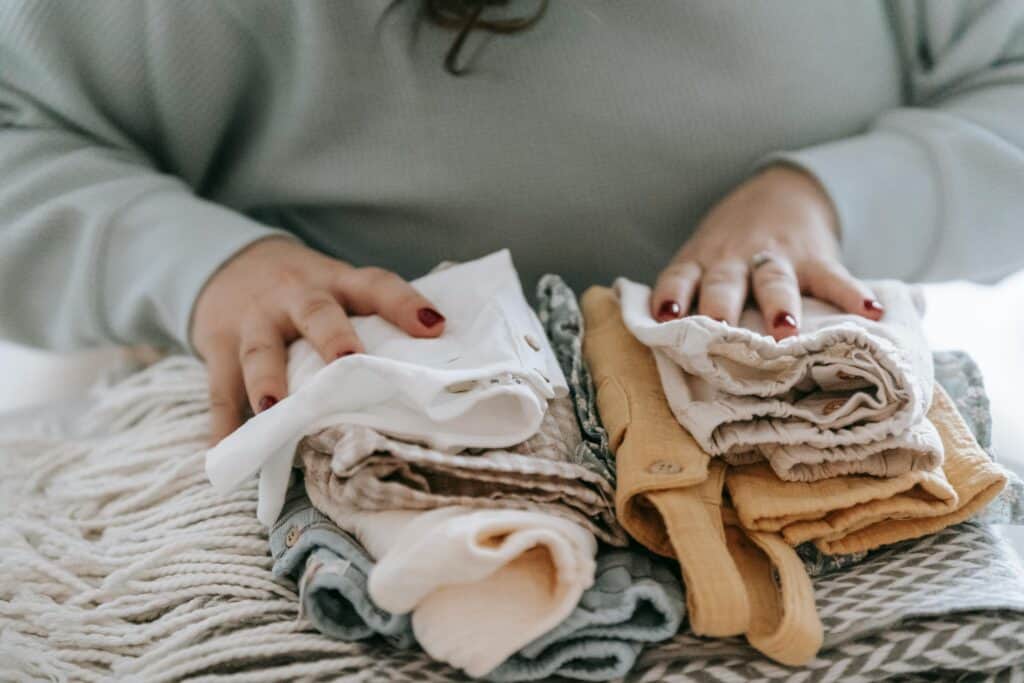

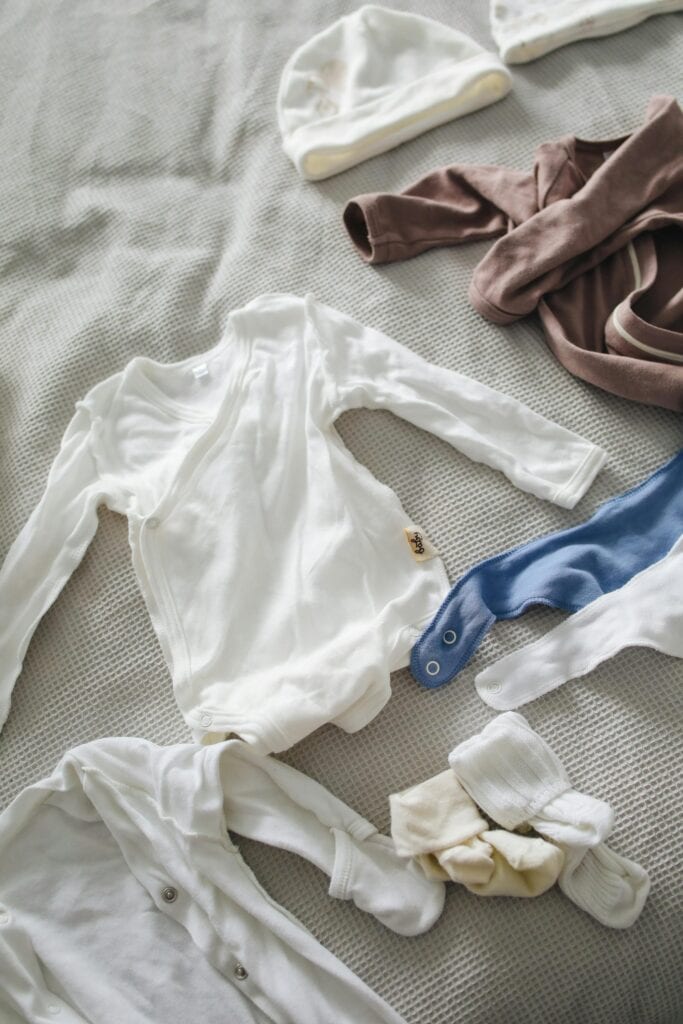
Detecting Discomfort: Is Your Baby Cold?
Are you concerned that your baby might be catching a chill during the night?
Your instincts are your first tool. However, for a more accurate assessment, feel the nape of your baby’s neck.
If it feels cool to the touch, it might be time to layer up. Conversely, if it’s damp from sweat, it’s a signal to peel a layer off.
Related
The Ideal Outfit for a 23-Degree Room
Twenty-three degrees Celsius (73°F) is on the warmer side of the recommended room temperature range for babies.
A breathable long-sleeve onesie with a light cotton sleep sack should suffice in this scenario.
The fabric matters here; cotton is excellent for its breathability and ability to absorb any excess moisture.
Is 23°C Too Warm for Baby’s Room?
While 23°C is within a safe range, it’s vital to ensure your baby doesn’t overheat.
Overheating is a risk factor for SIDS (Sudden Infant Death Syndrome), so we want to err on the side of caution. If your baby’s room is at this temperature, dress them in lighter clothes and consider using a fan to circulate air (but not blowing directly on the baby).
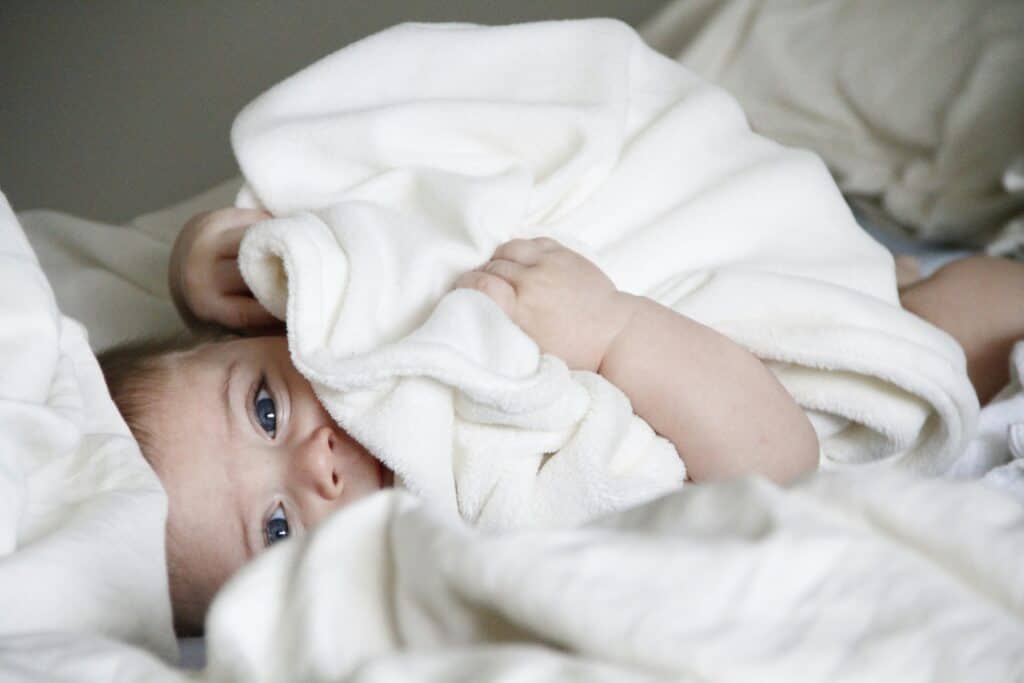
Signs Your Baby Might Be Overheating
Overheating often results in fussiness, restlessness, and sometimes more serious symptoms like heat rash.
A baby who is too hot might have flushed cheeks, might breathe rapidly, or might even be lethargic.
So, how do you keep a check? Regularly feel your baby’s ears and neck. If they’re hot or your baby seems unusually tired, it’s time to cool things down.
Will Babies Speak Up (Cry) If They’re Too Hot?
While babies are excellent communicators in their own right, crying isn’t always their go-to method for expressing discomfort due to heat.
They might simply become fussy or have trouble settling down. It’s up to us to recognize the non-verbal cues.
To Blanket or Not to Blanket at 23 Degrees?
Here’s the deal with blankets: they’re often unnecessary at 23 degrees if your baby is suitably dressed.
If you do choose to use one, ensure it’s securely tucked in around the mattress and only comes up to your baby’s chest.
Better yet, opt for a sleep sack, which is a safer alternative to traditional blankets.

Choosing Baby’s Bedtime Wardrobe for 23°C
At the magic temperature of 23°C, a light onesie under a breathable sleep sack is typically the perfect combo.
Always opt for natural fibers like cotton or bamboo, which are gentle on your baby’s skin and less likely to cause irritation or overheating.
When Temperatures Rise: Handling a 24°C Nursery
If the nursery’s temperature climbs to 24°C (75.2°F), the situation calls for even lighter attire.
You might want to skip the sleep sack and go for a short-sleeve bodysuit or even just a diaper if it’s particularly muggy. Always ensure that the room is well-ventilated, and consider using a fan to help keep the air moving.
Unwrapping Those Tiny Fingers: When to Stop Covering Baby’s Hands
Covering a newborn’s hands can prevent them from scratching themselves, but as they grow, they need their hands free to explore and help regulate their body temperature.
By the time they’re a month old, you can usually say goodbye to the mittens, unless it’s particularly cold.

Wrapping It Up: Ensuring Sweet Slumbers
To sum up, dressing your baby for sleep isn’t a one-size-fits-all deal. It’s about finding that sweet spot where your baby is neither too hot nor too cold. This entails choosing the right materials, layering carefully, and, most importantly, paying attention to your baby’s requirements.
Remember, how to dress your baby for sleep is just one part of the sleep safety puzzle. Always place your baby on their back to sleep, use a firm sleep surface, keep soft objects away from the sleeping area, and maintain a smoke-free environment.
If you want to know how to ensure your baby gets enough sleep, which is vital for their overall health and happiness, make sure to read this article. >> Sweet Dreams: Your Guide to Putting Baby to Sleep Effectively!
Let’s Chat!
Now, I’d love to open the floor to you, dear readers. What tricks have you discovered for dressing your baby at bedtime? Have you found any products that work wonders, or do you have any questions or concerns?



